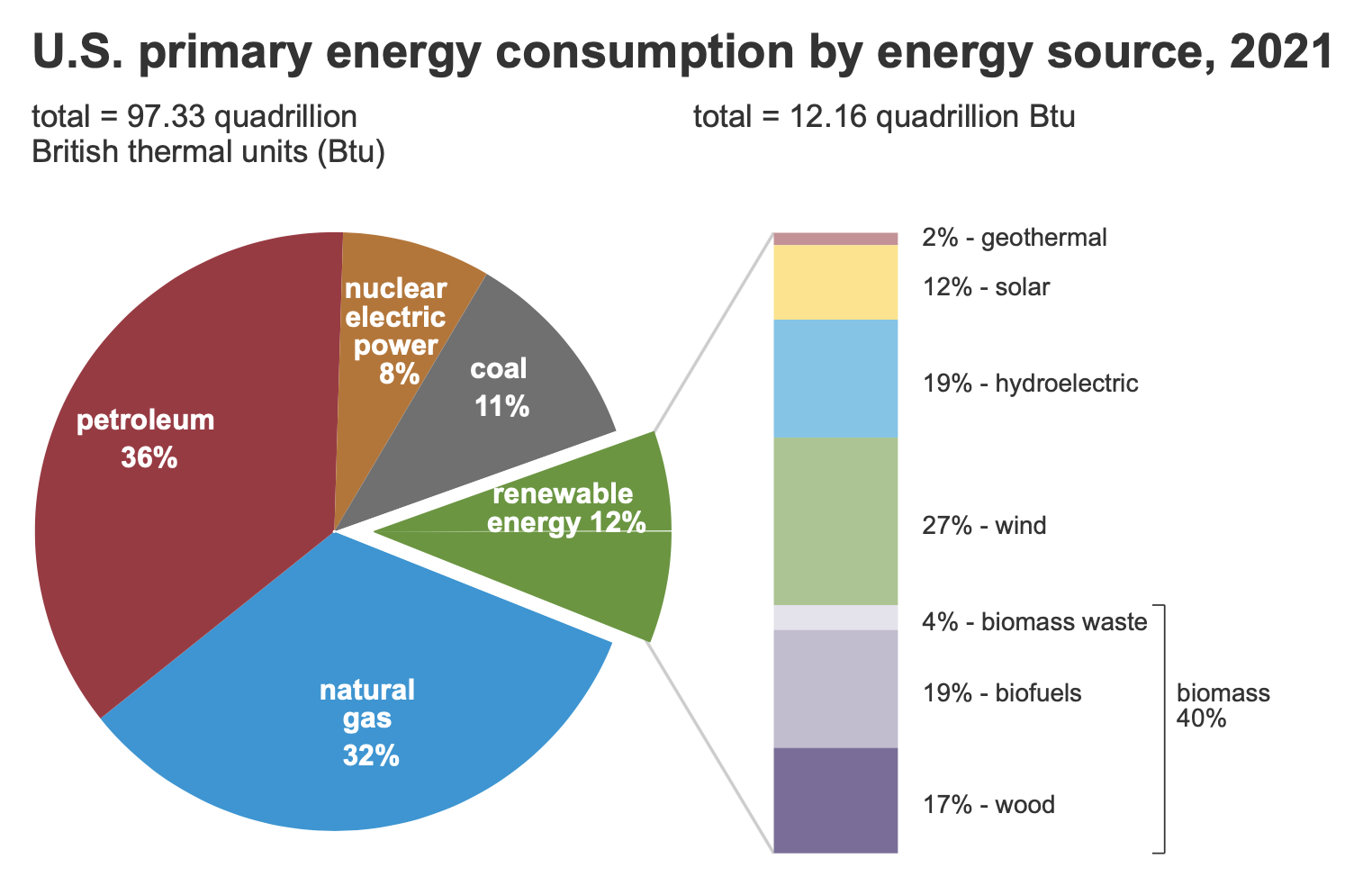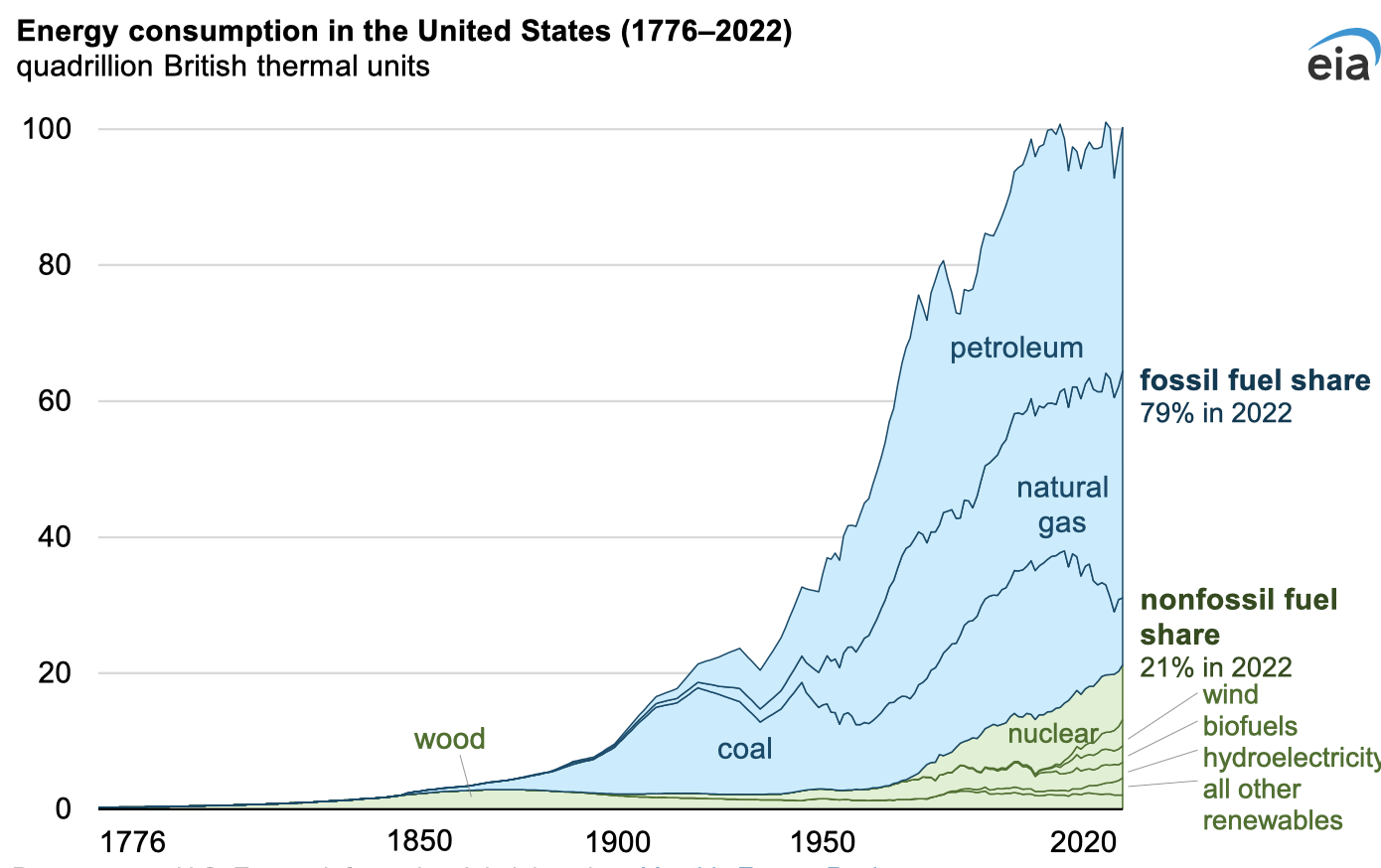Among the media sources serving as propagandists and cheerleaders for the “green energy transition,” two of the most prominent are the New York Times and Bloomberg News. To get an idea how the “transition” is going, let’s take a look at the latest from those two.
From the Times, in this morning’s print edition, we have a feature article that apparently first appeared online a couple of days ago, August 17. The headline is: “The Clean Energy Future Is Arriving Faster Than You Think.” The sub-head continues the excitement:
“The United States is pivoting away from fossil fuels and toward wind, solar and other renewable energy, even in areas dominated by the oil and gas industries.”
But then Bloomberg News comes out yesterday with an editorial that seems to reach the exact opposite conclusion. Headline: “Net Zero Is Stalling Out. What Now?”
So which is it? Is the green energy future arriving “faster than you think,” or “stalling out”? Both can’t be right. Who has the better side of this?
Let’s look first at the Times piece. It is an uncritical litany of every possible piece of good news for the generation of electricity from wind and sun in the U.S. It is filled with more than twenty photographs and charts designed to impress you with the great progress being made: massive wind turbines, vast solar arrays, rows of EV charging stations, teams of serious-looking workers in a modern factory working away on some unnamed but clearly complex piece of equipment.
On the other hand, the piece is devoid of meaningful data on how the “transition” is progressing. Are wind and solar electricity actually making progress toward supplanting fossil fuels? You won’t find the answer to that here.
I’ll give you a few choice excerpts so you can get an idea of the technique:
Delivery vans in Pittsburgh. Buses in Milwaukee. Cranes loading freight at the Port of Los Angeles. Every municipal building in Houston. All are powered by electricity derived from the sun, wind or other sources of clean energy. . . . The nation that burned coal, oil and gas for more than a century to become the richest economy on the planet, as well as historically the most polluting, is rapidly shifting away from fossil fuels. A similar energy transition is already well underway in Europe and elsewhere. . . . Wind and solar power are breaking records. . . . Automakers have made electric vehicles central to their business strategies and are openly talking about an expiration date on the internal combustion engine. Heating, cooling, cooking and some manufacturing are going electric.
So what are these Bloomberg people talking about when they say that the “Net Zero” thing is “stalling out”? It turns out that they have plenty of data points, mostly (but not entirely) from Europe, and all relating to collapsing public support as costs become apparent:
[V]oters have legitimate questions about net-zero policies: How much will they cost? What benefits will they bring? Will they actually work as advertised? Such skepticism is already changing politics, from the recent losses suffered by Germany’s Greens to the fall of the Dutch governing coalition, which was partly fueled by farmers’ anger over forced reductions in nitrogen-oxide emissions. Even some avowed environmentalists — such as the governor of New Jersey and the leader of the UK’s Labor Party — have lately been siding with voters who feel aggrieved at the costs of environmental policies.
Can we get any actual data as to whether wind and solar energy are rapidly increasing their market share for energy production in the U.S.? The best source of information is the Energy Information Administration (part of the Department of Energy). The most recent two full years for which they have data are 2021 and 2022. Here’s the 2021 chart showing U.S. primary energy consumption by source:

And how about 2022? The chart is in a different format that is more difficult to read, but here is the key line of text: “Fossil fuels—petroleum, natural gas, and coal—accounted for 79% of total U.S. energy consumption in 2022.” Oh, that’s the exact same percentage as in 2021. It didn’t budge by even 1%.
Here is the chart they provide for 2022. As you can see, it is not so easy to calculate the percentages by source from this chart, but the general result is still obvious:

For 2023, EIA has put out monthly data through April as part of its Monthly Energy Review. There are no pretty charts, but through April fossil fuels have generated 26.082 quadrillion BTUs out of total primary energy consumption of 33.209 quadrillion BTUs. That would be 78.53% for fossil fuels. In other words, to the nearest whole percent, it’s still 79%. All the billions upon billions of government subsidies don’t seem to be moving the needle in any noticeable way.
To be fair, these figures reflect little if any of the massive subsidies brought forth by the big federal green energy bill (“Inflation Reduction Act” [sic]), which was signed a year ago on August 16, 2022 and is just getting cranked up. Will those subsidies move this needle at all? You would think that they couldn’t help moving the needle at least a little. But my own prediction is that the percent of primary energy from fossil fuels will decrease only minimally.
Over at Bloomberg, while they report honestly that Net Zero seems to be stalling out, they are not happy about it. What is the remedy? Obviously, the government planners directing the green energy transition need to go about this in a more “purposeful” and “strategic” manner:
If the government is going to ban the sale of gas boilers in 2035, as it says, it will need to make sure that cheaper alternatives are available. Likewise with a planned ban on new gas and diesel cars: It’s a fine goal, but it won’t go anywhere unless consumers have compelling incentives, charging infrastructure can meet demand and the government has otherwise laid the needed groundwork. . . . Above all, what’s needed is leadership. Decarbonization can drive economic growth, create jobs and bring substantial benefits to the environment and public health. But it must be done purposefully and strategically.
It’s the usual touching faith that central planning really is going to work this time, because it will be done more intelligently. No amount of real world failures will ever convince the true believers otherwise.
No comments:
Post a Comment